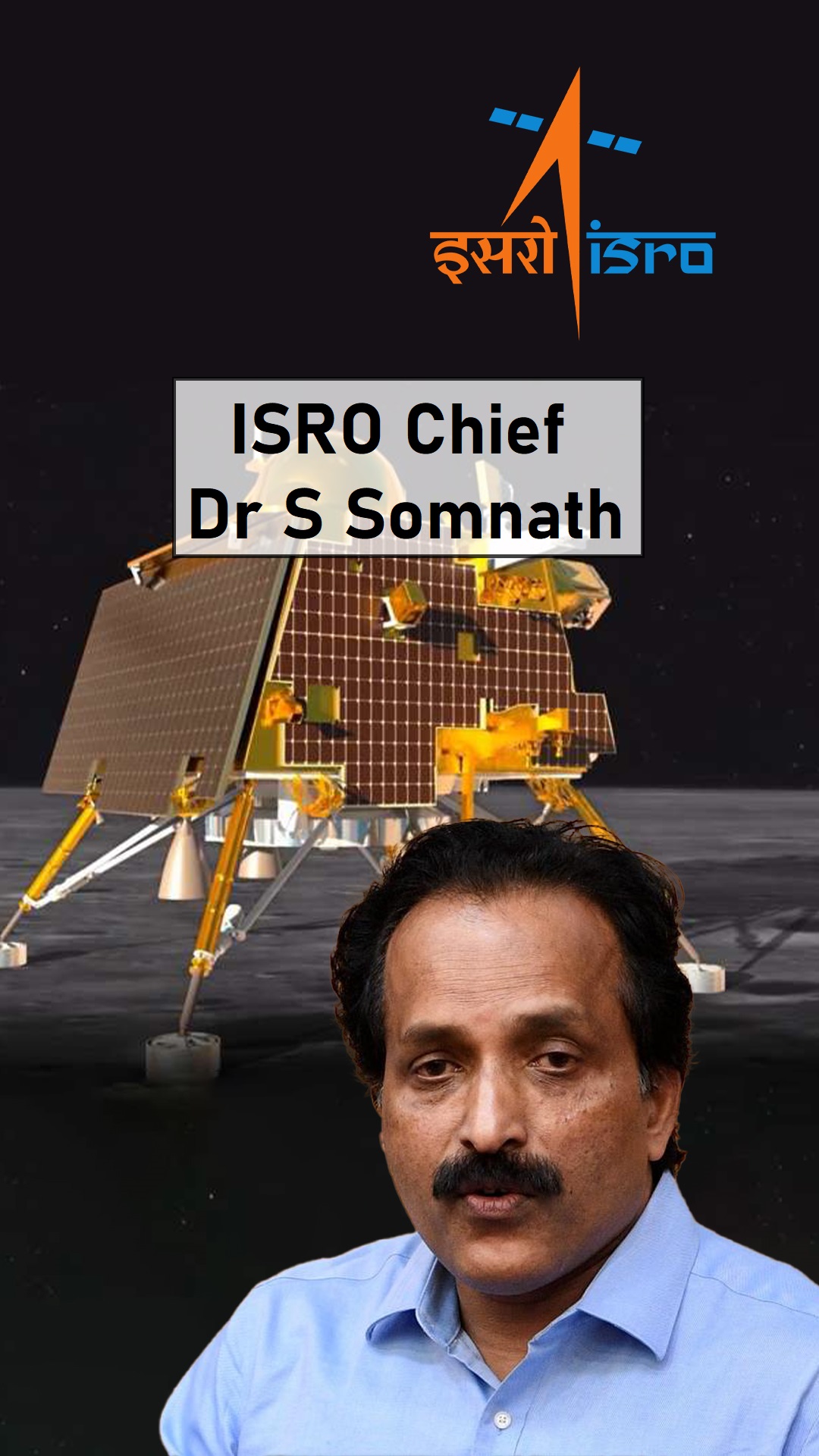India’s foray into solar exploration reached a pinnacle as the Indian Space Research Organisation (ISRO) scripted history with the successful placement of the Aditya-L1 spacecraft into the Halo Orbit.
 The Aditya-L1 mission, conceived as India’s maiden dedicated solar observatory, embarked on a journey of scientific significance, aiming to study the Sun in unprecedented detail. Indian Space Research Organisation (ISRO) has successfully maneuvered its Solar Mission Aditya-L1 into the Halo Orbit, marking the culmination of a remarkable 926-day journey since its lift-off on September 2, 2023.
The Aditya-L1 mission, conceived as India’s maiden dedicated solar observatory, embarked on a journey of scientific significance, aiming to study the Sun in unprecedented detail. Indian Space Research Organisation (ISRO) has successfully maneuvered its Solar Mission Aditya-L1 into the Halo Orbit, marking the culmination of a remarkable 926-day journey since its lift-off on September 2, 2023.
Journey to the Halo Orbit

The Aditya-L1 spacecraft, India’s first dedicated solar observatory, achieved this momentous feat at 4 pm on January 6, reaching Lagrange Point L1, approximately 1.5 million kilometers from Earth. Launched through the Polar Satellite Launch Vehicle (PSLV-C57), the spacecraft initially entered an elliptical orbit around the Earth, covering 235×19500 km, after a flight duration of 63 minutes and 20 seconds.
Scientific Goals and Achievements
The Halo Orbit offers Aditya-L1 an unobstructed view of the Sun, enabling it to capture high-resolution images and gather data on solar activities. The spacecraft is equipped with sophisticated instruments, including a visible Emission Line Coronagraph (VELC) and an Ultra-Violet Imaging Telescope (UVIT), designed to study the Sun’s corona and various emissions.
Global Acknowledgment and NASA Scientist’s Perspective
The success of Aditya-L1 garnered recognition not only nationally but also globally. NASA Scientist Amitabha Ghosh commended India’s strides in scientific domains, emphasizing the nation’s significant contributions to planetary science. Ghosh highlighted the remarkable journey from the absence of a planetary science program to the successful execution of the Aditya-L1 mission.
Political Applause and Public Admiration
The success of Aditya-L1 drew commendations from various political figures, including Rajasthan BJP President CP Joshi and Union Home Minister Amit Shah, who hailed it as another milestone in Bharat’s space journey. External Affairs Minister S Jaishankar expressed great pride, likening it to the earlier Chandrayaan program’s achievements.
ISRO Chief’s Perspective

ISRO Chief S Somanath, reflecting on the mission’s success, highlighted the satisfaction of reaching the final point after a 926-day journey. He acknowledged the anxiety before the spacecraft’s entry into the Halo Orbit but expressed confidence in the predictability of the outcome.
India’s Global Recognition
NASA Scientist Amitabha Ghosh praised India’s scientific advancements, noting that the success of Aditya-L1 signifies a remarkable journey for India in planetary science. He emphasized India’s pivotal role in significant scientific areas and highlighted the ongoing human spaceflight mission, ‘Gaganyaan.’
National Celebration
Congress President Mallikarjun Kharge joined the nation in celebrating the extraordinary milestone, recognizing the dedicated efforts of ISRO scientists. Commerce Minister Piyush Goyal lauded ISRO’s dedication, emphasizing that India’s space journey is unstoppable.
With Aditya-L1 settling into its designated position, India takes a giant leap in solar exploration. The success of this mission not only adds to India’s growing expertise in space but also sets the stage for future endeavors. As the nation continues to explore novel areas of science under the leadership of Prime Minister Narendra Modi, the space economy is poised to become an integral part of India’s growth story in the years to come.
Future Prospects
As India celebrates the triumph of Aditya-L1, the mission lays the foundation for future solar exploration endeavors. With an unwavering commitment to scientific advancements, ISRO’s successful navigation of Aditya-L1 to the Halo Orbit exemplifies India’s growing prowess in space research. The nation looks ahead to sustained contributions to planetary science and space exploration, furthering its quest for knowledge beyond the confines of Earth. As Aditya-L1 begins its mission to unravel the mysteries of the Sun, it opens new frontiers for India’s scientific community and adds a shining chapter to the nation’s space exploration legacy.